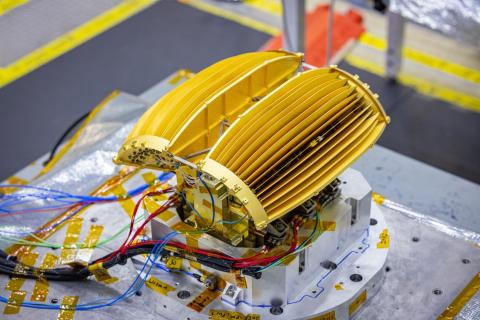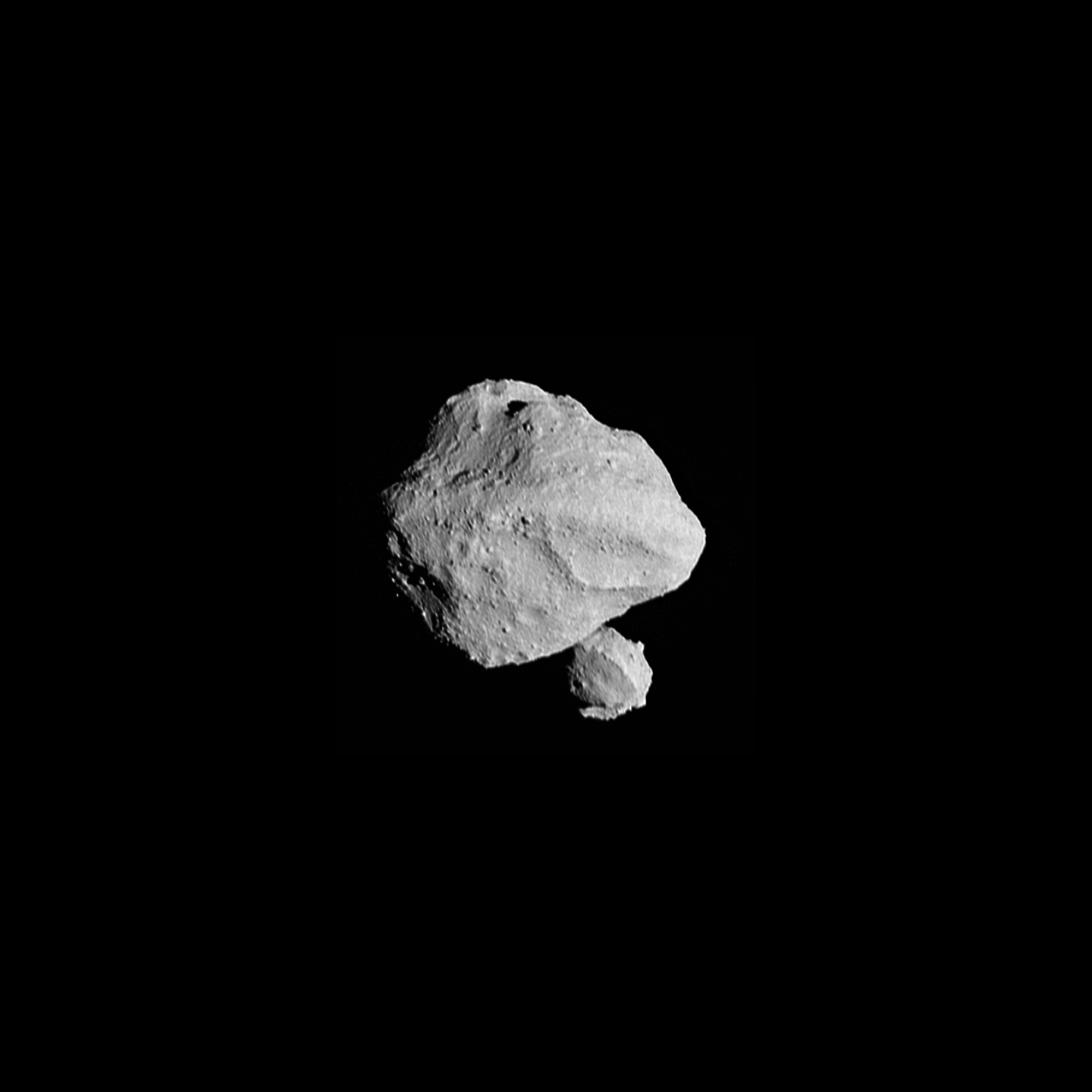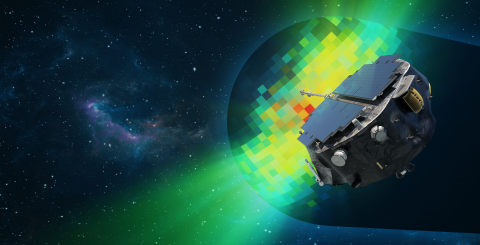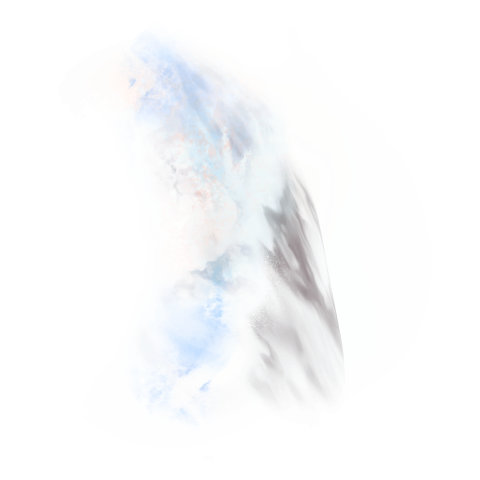About the Instrument
Instrument Type: Particle
Flying aboard the Interstellar Mapping and Acceleration Probe (IMAP) spacecraft, Ultra will capture images of energetic neutral atoms (particularly hydrogen atoms) produced at the edge of the solar system in the heliosheath, the region where the Sun’s solar wind slows as it rams into the interstellar medium particles and magnetic field.
Roughly every three months, Ultra will produce detailed images that cover more than 50% of the heliosphere, providing new understanding about how energetic particles and pressures at the edge of the solar system and beyond vary over time and form our own heliospheric bubble.
The instrument is nearly identical to the JENI (Jovian Energetic Neutrals and Ions) instrument APL built for the European Space Agency’s JUICE (Jupiter Icy Moons Explorer) mission to Jupiter and Ganymede.

Credit: NASA/Johns Hopkins APL/Princeton University




